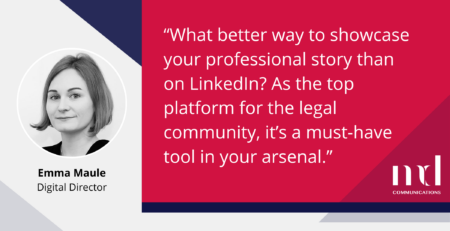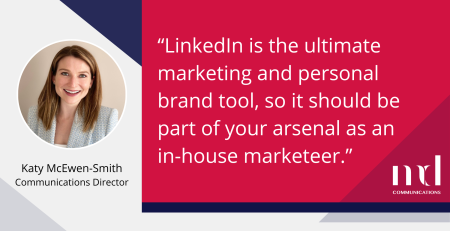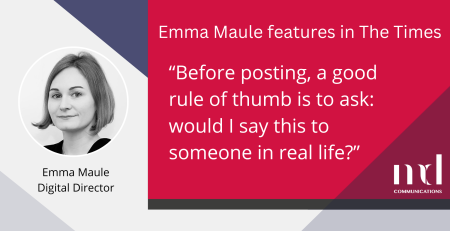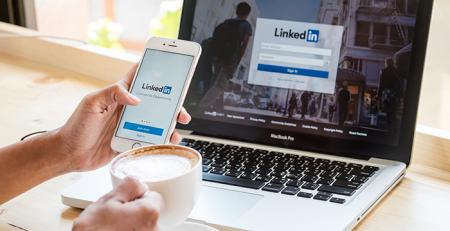Whilst social media sites like Twitter and Facebook have increasingly been making their presence felt in the legal sector over the past few years, Pinterest is one of those sites that seems to be fairly far removed from what the legal industry is all about. This ‘social scrapbook’ site is enormously popular with fashion bloggers, artists, foodies and basically anyone who likes putting together collections of images, but can it really work for a business like a law firm?
The answer to that question will inevitably depend on exactly how you use it, but with a value of some £2.3 billion and 70 million users worldwide the website (which is only three years old) is becoming a fairly forceful player in digital media. Essentially the site is a photo sharing site that allows users to produce collections of photos by repinning the photos of others and by uploading their own. These collections are themed – for the private user, usually on the basis of likes, hobbies or interests. So far, so alien from most of what the legal world does on a daily basis.
However, the key element to focus on with Pinterest is the sharing element – the interaction between users – because as with any social networking site it is here that the potential really lies. This is because the thing about Pinterest is that it’s actually very easy to build up a community of followers via the much more expressive medium of images. Whilst Twitter and Facebook updates can be misconstrued or just downright dull, with pinned and repinned images there is much more potential for presenting the human side of a law firm and for attracting a whole new client base who may be looking for a firm with a bit of personality.
Of course the key to Pinterest lies in being able to navigate that line between professional and unprofessional successfully. With a site like this it would be very easy to veer into the unprofessional, making an organisation’s Pinterest board much too personal to the individual managing it. So, the crucial element is to use the images wisely – but how do you go about doing this?
As the legal sector doesn’t have products to pin pictures of, why not use people instead? Images of staff going about their daily lives, internal meetings, or even interactions at the coffee machine can help provide a more accessible public face for a firm. Where the organisation is giving back to the community – taking part in mentoring schemes, organising charity bake offs, putting together teams for sports events – Pinterest is a far easier and better way to demonstrate this with images than by simply writing about it in a newsletter or on the website (although of course you can do both and link them all together to expand the reach of your social media).
You can use Pinterest to document events – attendance at awards ceremonies, internal celebrations, Christmas parties – and perhaps to showcase some key client projects. Then there are the less business-focused ways of using it, for example providing images of fee earners favourite books, a board of ‘things we like,’ images from ‘around the office’ or just a channel of ‘fun stuff’ that includes recipes, quotes and ideas that might make people want to continue to return to your Pinterest site. Pinterest is also the ideal place for infographics, so use it to demonstrate your knowledge of the legal sector – or your client’s industries – by presenting regular news updates in image form. Finally, remember to share – the more you share others’ images on your boards, the more they will share yours and the wider your audience becomes.
If you had written Pinterest off as only relevant for bakers or fashion lovers then it might be time to think again. As the above demonstrates, there are many ways in which it can be used to communicate with clients, potential clients and the rest of the industry. Most importantly, it offers legal organisations a chance to present a much more human side to themselves, which is often the face of marketing with which those in the law struggle the most.











